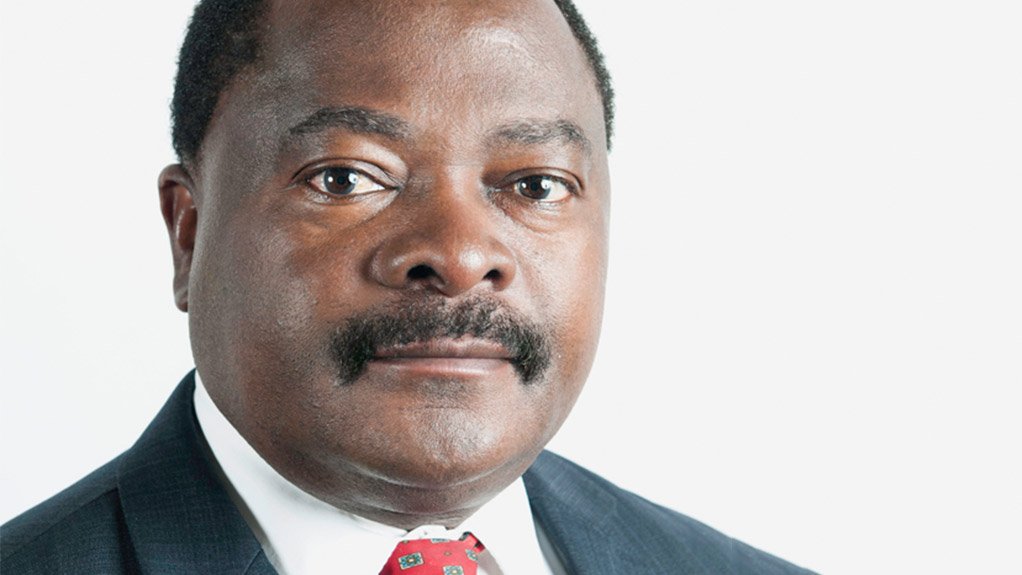2017 promises to be an exciting and eventful year for the nuclear industry. As an industry, we began the journey to the new build programme from as early as 2008. Therefore, the current events such as the extension of the Integrated Resource Plan (IRP) and Integrated Energy Plan (IEP) extensive consultation process to 31 March 2017 and the release of the Request for Information in December 2016, are a welcome progress.
However, there are various hurdles and stages which are unfolding, while battling volatile public sentiment and a parallel process of educating the country at large of the complex nuclear industry. It is key to note that South Africa has a rich history of managing large build programmes and are world renowned leaders and innovators, through Eskom operated Koeberg and NECSA.
Therefore, we urge all South Africans to keep a level head on the debates which are about to ensue, especially under a politically charged climate, as the outlook of 2017 holds a positive narrative of localisation, meeting energy demands to boosts industrialisation and a testament of democracy in action through the various public participation platforms. As responsible citizens we can all agree that the principles of transparency and no corruption should be upheld religiously. It is possible to separate the two issues, as the one benefits a nation while the other a selected few.
The first quarter of the year is reserved for laying out base case scenarios, which preciously raised some concerns about the suggested delays to the country's nuclear new build program in draft updated energy plans released in late November. Subsequent explanations by the Department of Energy are that the announced base case scenario is not the final proposal to be put into the national policy.
This has given the industry some level of comfort. The draft electricity-focused IRP plans to have an additional 37,400 MWe from wind power, 17,600 MWe from solar plants, 35,292 MWe from gas and 15,000 MWe from coal by 2050. The official plan (which is still legally valid) plans to generate 9 600 MWe of energy from as many as eight nuclear reactors. The timeline aimed for the first plant to be operating in 2023, and the remainder to be completed by 2029.
The scenario in the draft IRP and IEP suggest South Africa's first new nuclear power would be expected to come online in 2037, adding a total capacity of 20,385 MW of nuclear energy to the national grid by 2050. Therefore, the industry shall invest significant resources in engaging policymakers on the most viable options to take the country forward.
Also top of the agenda for the year is the matter of the RFI, whose main function is to better understand the economics, management and functioning of a nuclear programme. This information is then used to make the key decisions, in moving the new build programme forward to the next phase. The following submissions whose deadline is on 28 April 2017, will keep the industry very busy as we expect that the major global vendors from China, France, USA, Russia and Japan will submit information, not withstanding the fact that the public and industry associations such as NIASA will also tender their submissions.
According to Dave Nicholls, Eskom's chief nuclear officer, global overnight costs show that nuclear would cost roughly 4500 USD/Kw installed to build the first plant in the country. A fleet approach however shows that this could come down to under 3000USD/kw installed. A ballpark figure from global experience is 5 billion USD per 1200 mw unit installed. This means that nuclear is South Africa’s lowest cost long term option to keep the lights on. Koeberg currently costs 27 cents per unit of electricity, while coal is roughly 30 cents per unit.
One thing we can all agree on through is this is a complex process, which requires salient thinking, and a balanced representation of South Africa's required energy mix. As an industry we are clear on where we stand for the year ahead, we are not anti- renewable energy, however facts do show that a nuclear program will have the largest multiplier effect when it comes to the contribution to the economy and is key to addressing our country's National Development Plan objectives.
Happy 2017.
Written by Knox Msebenzi, Managing Director of the Nuclear Industry Association of South Africa (NIASA).
EMAIL THIS ARTICLE SAVE THIS ARTICLE ARTICLE ENQUIRY
To subscribe email subscriptions@creamermedia.co.za or click here
To advertise email advertising@creamermedia.co.za or click here











